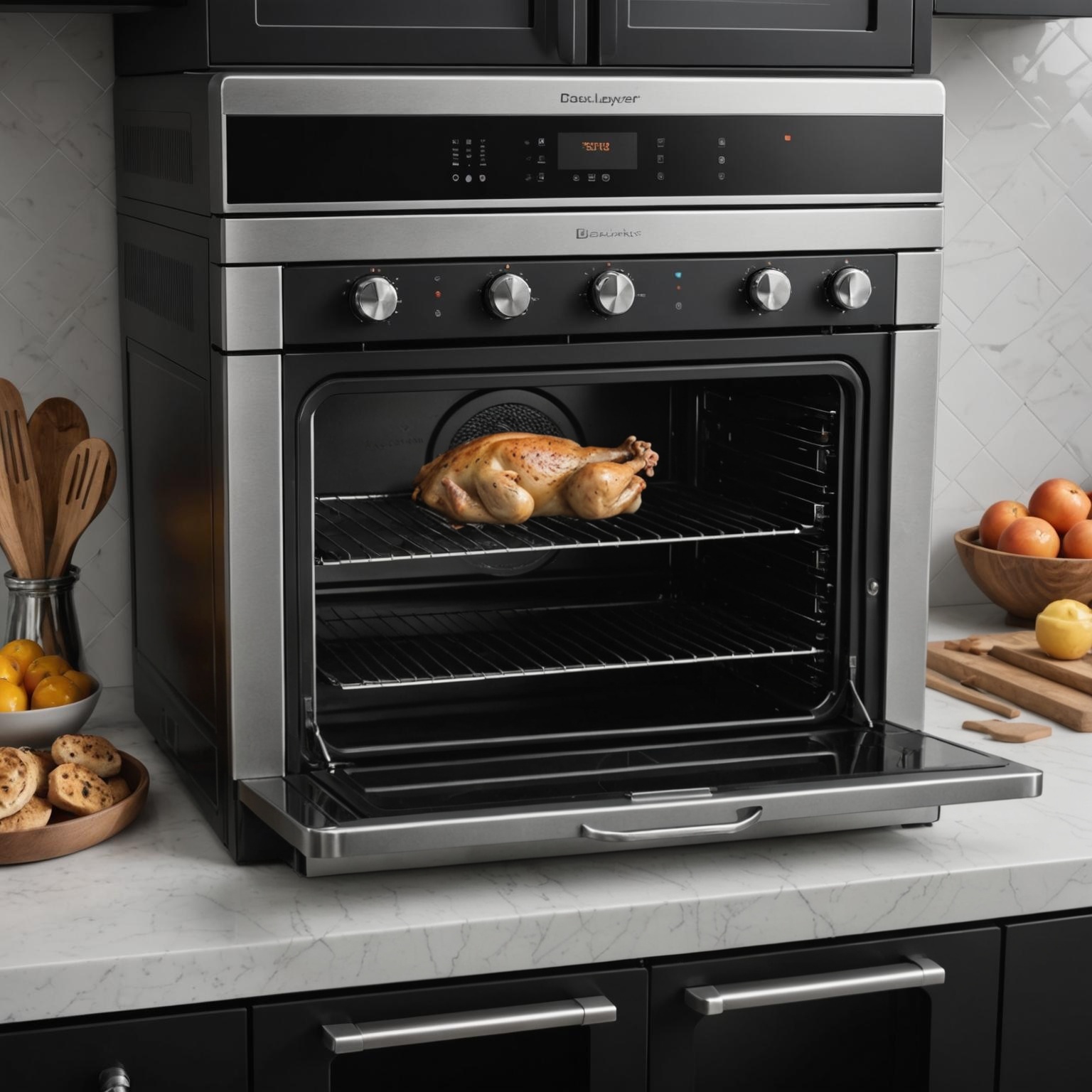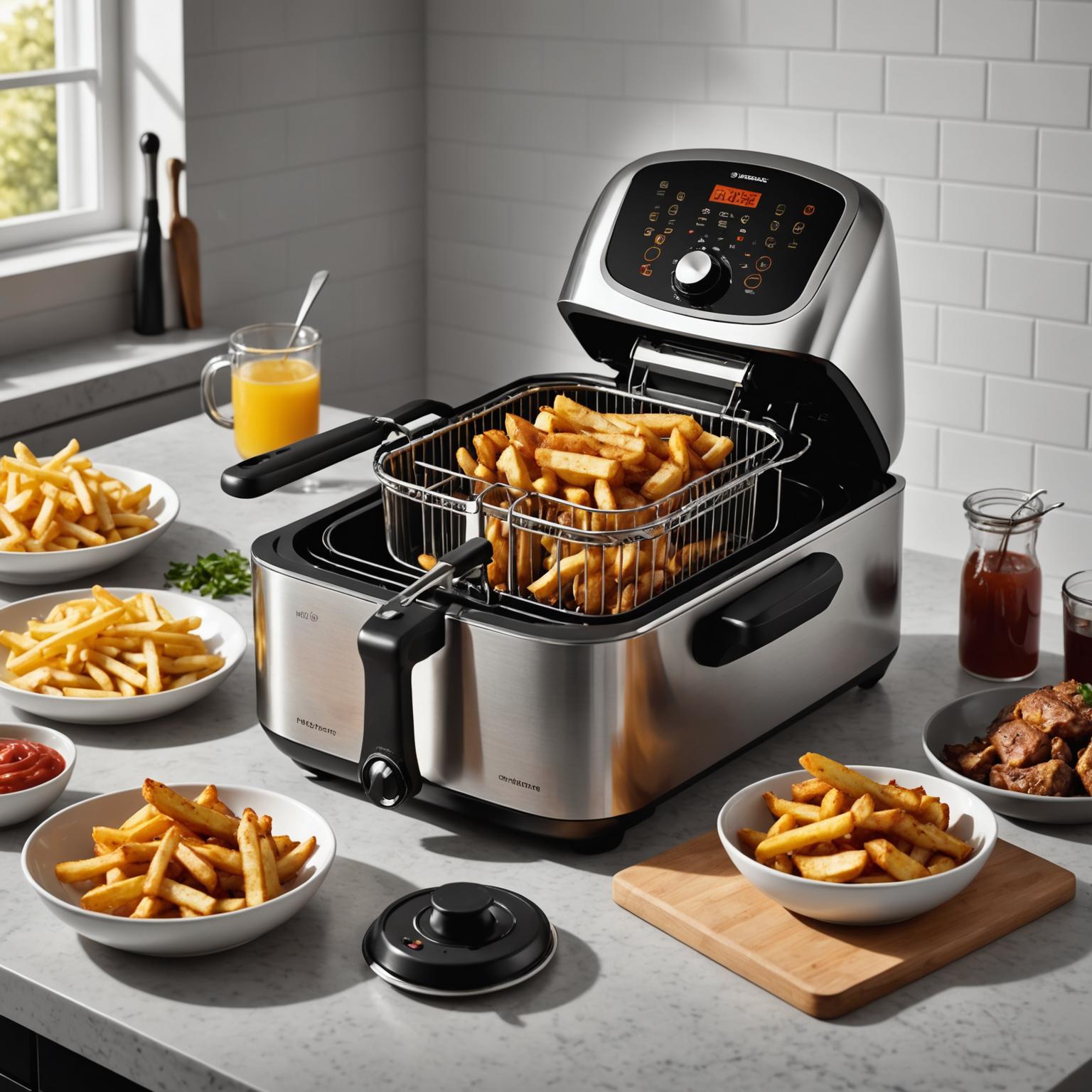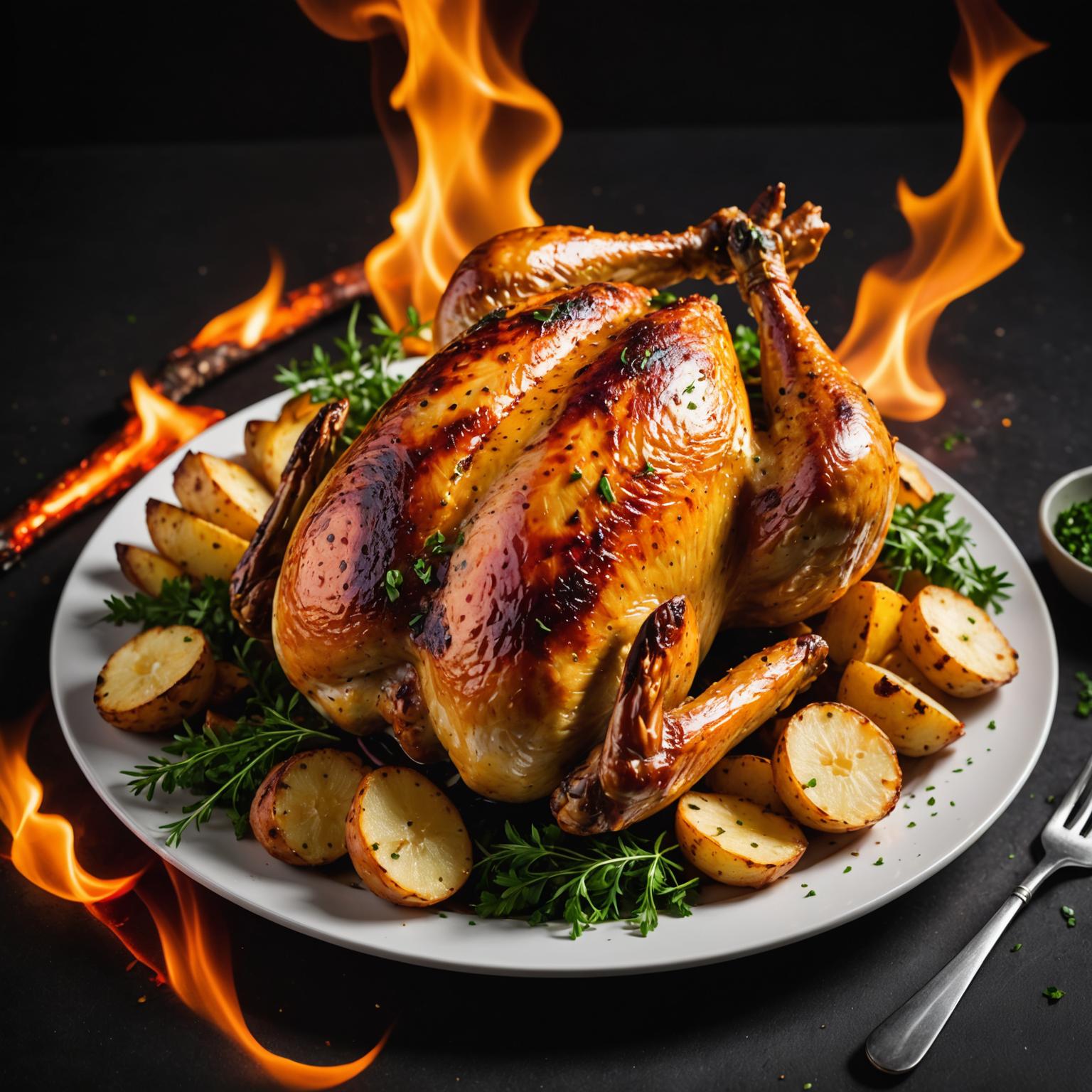
When it comes to high-performance cooking equipment, especially commercial or high-use fryers, the quality of the heating component is paramount. A high-quality stainless steel heater is often the unsung hero, responsible for providing the consistent and powerful heat needed for perfect results every time. This crucial component ensures your fryer operates efficiently, reliably, and safely, forming the backbone of any professional kitchen's deep-frying station.
The Core of Efficient Frying
At the heart of many leading fryers lies a specialized tubular heating element. This design is not just a random coil of wire; it's an engineered component designed for maximum heat transfer and durability. Often constructed from robust materials, these elements house a resistance wire that heats up when electricity passes through it. The protective outer sheath, typically made of stainless steel, shields the internal components from the cooking oil, preventing corrosion and ensuring a long service life. The efficiency of a tubular heating element is critical for fast heat-up times and maintaining a stable oil temperature, which is essential for achieving crispy, non-greasy fried foods.
The Science of Resistance Heating Technology
The principle behind these powerful components is resistance heating technology. This technology leverages the natural property of electrical resistance, where a material impedes the flow of electricity and, in doing so, converts electrical energy into thermal energy, or heat. A resistance heater for a fryer is specifically designed to optimize this process for a liquid environment. It must generate intense heat quickly and distribute it evenly throughout the oil vat. The effectiveness of resistance heating technology is why it remains a cornerstone in appliance design, providing a straightforward, controllable, and highly effective method for demanding heating applications like deep frying. It allows for precise temperature control that is fundamental for cooking different types of food perfectly.
The Importance of Material and Compatibility
Choosing the right element for your equipment is crucial, which is why understanding heating element compatibility for your fryer cannot be overstated. An incompatible element can lead to poor performance, inefficient energy use, or even safety hazards. When looking for a replacement, it's vital to match the voltage, wattage, and physical dimensions of the original part. Furthermore, the material itself plays a significant role. A stainless steel heater is the preferred choice for most frying applications due to its superior resistance to corrosion and high temperatures. This durability ensures the element can withstand the harsh environment of hot oil and frequent cleaning, providing reliable performance over the long term. Using a proper resistance heater for a fryer guarantees not just good food, but also operational peace of mind.
Maintaining Performance and Longevity
The longevity of any fryer is directly tied to the quality of its components, particularly its heating system. A well-designed tubular heating element, built with advanced resistance heating technology, is an investment in consistent performance. Regular maintenance and ensuring proper heating element compatibility for your fryer when replacements are needed are key practices. By understanding how these parts work together, from the simple physics of resistance to the material science behind a stainless steel heater, operators can ensure their equipment runs at peak efficiency. This leads to better food quality, lower energy costs, and a safer kitchen environment for everyone. A reliable resistance heater for a fryer is truly the foundation of a great frying experience.





